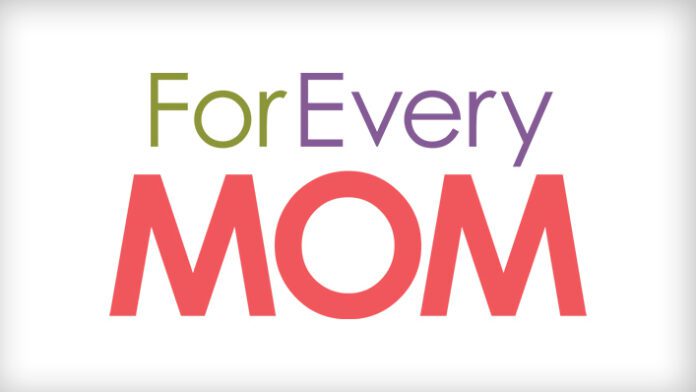Pregnancy brings with it many changes in the woman’s body. Some are just kinder to the expectant mom; others, not so much. Pregnancy pains and aches are examples of the latter. Unfortunately, they are part and parcel with the baby in your tummy.
But it does not mean that you must endure the hurt and discomfort passively. You can do something or several things to alleviate pregnancy pain and aches. From physical activity to treatments, here are five tried and tested pain-relief methods that make pregnancy more relaxed and more comfortable for soon-to-be-mommies.
1. Regular Exercise
Far from hurting pregnant women, physical activity is recommended for a healthy pregnancy and baby. Moderate-intensity exercise strengthens the mother’s bones and muscles to help carry the additional weight of the growing baby. Stretching also helps alleviate tension and pain.
During the third trimester, exercise will play a big part in preparing your body for childbirth. Talk to your doctor about appropriate workouts for every stage of pregnancy.
2. Good Posture
Your center of gravity will shift as your stomach grows. The additional load in your abdomen will make you tip forward, so you’ll try to lean back to avoid falling. This places a lot of stress on your lower back muscles, leading to backaches and discomfort.
Maintain good posture by standing straight and tall with a wide stance, relaxed shoulders and back, and chest held high. Avoid being on your feet for too long. Take frequent breaks, and rest your feet if you need to stand for a long time.
Proper sitting posture is also essential to prevent and relieve back pain. Ensure that your back is supported by choosing an ergonomic chair or using a cushion or pillow.
3. Pregnancy Shoes
Comfortable shoes are most important for pregnant women. Carrying another human being can be a burden on your feet, causing them to swell and ache. Wearing shoes with excellent arch support and the sole cushion will help lessen the burden on your poor feet.
That said, find a well-fitting pair of maternity shoes to wear when you go outdoors and slippers for indoor use. Avoid wearing high heels for the next nine months.
4. Belly Band
You don’t have to bear the burden of additional pounds alone. Support your lower back by wearing a belly band, and ease some of your lower back pain. A belly band or pregnancy girdle uses gentle compression to help you “carry” the weight of your abdomen and lessen the dress on your back muscles. A word of caution, though: too much compression can hamper blood circulation and cause low blood pressure.


